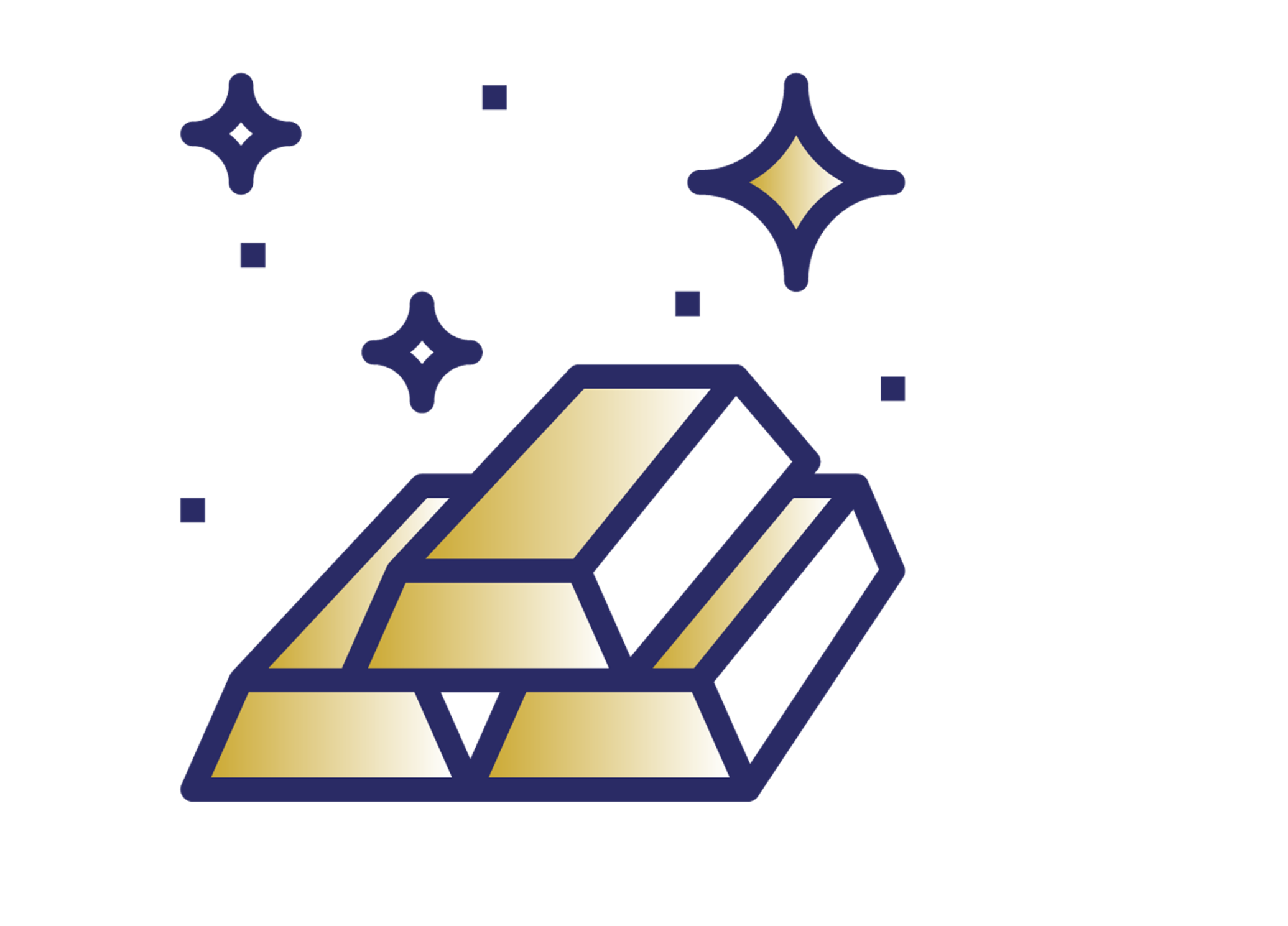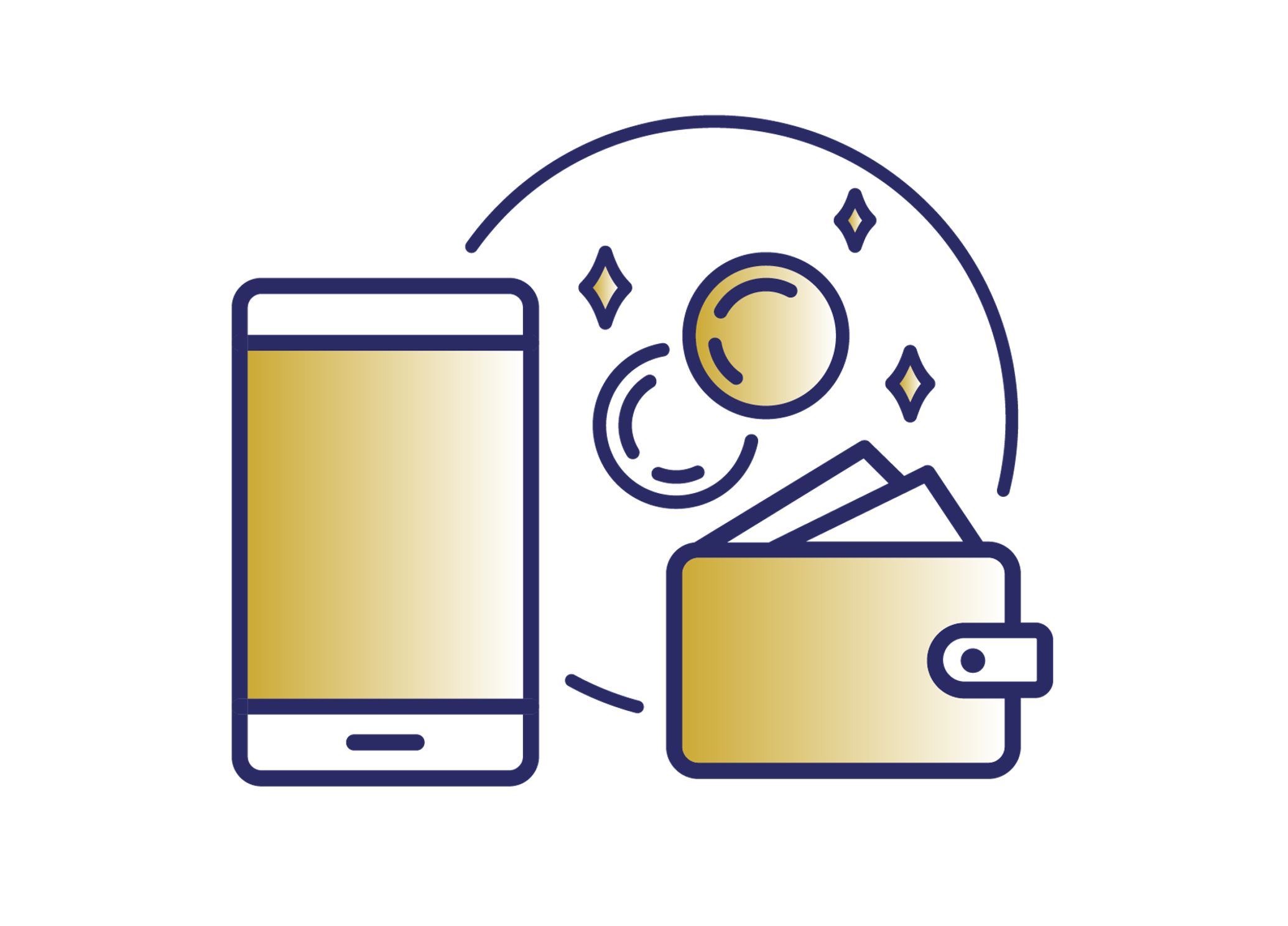The central elements of the global gold markets and supply chains include a wide range of participants, including mining companies, refineries, commodity traders, brokerage houses, logistics, and insurance providers, assaying laboratories, banks, and financial technology companies. In addition, cooperation between market participants and regulatory authorities to formulate the necessary governing frameworks and procedures is a crucial aspect of the longevity and legitimacy of the market. These different components are all assembled harmoniously and work in tandem in accordance with international standards to create the basic infrastructure required for a full-fledged and active gold market. What follows is a quick and simple run-down of these different components.
Mines
At this initial stage, gold mines extract ore and process it to produce raw gold bars, better known as doré bars. The mining process must conform to the Responsible Gold Mining Principles (RGMPs), ensuring that the process upholds critical environmental, social, and governance requirements. After the gold is processed, it’s sent to refineries.
Refineries
Refineries receive the doré bars from mines and separate the gold from other metals or residues to turn the doré bars into gold bars (bullion) with the highest purity level. The refinery also receives scrap gold back from the market and re-cycles that gold into gold bars.
So, the refineries play a central role in the supply of gold into the market and in linking mine production to the wholesale/retail market. Refineries must uphold “Good Delivery” and “Responsible Sourcing” standards for their gold to be accepted into the market. The London Good Delivery Standards are the international standard for purity, quality, and physical appearance of gold bullion, and the Responsible Sourcing Standards ensure that gold obtained from conflict-affected and at-risk areas is conducted responsibly and does not contribute to the financing of terrorism, money laundering activities, and human rights abuses.
The OTC Market and the Metals Exchanges
Gold trading companies, brokerage houses, market makers, and banks come together under the aegis of a metals exchange to link the supply of gold from mines and refineries to the demand from jewelry manufacturers, wholesalers, retailers, financial services companies, and consumers. Here, an organized market for precious metals has been formed, where supply meets demand, in which physical spot gold, gold futures contracts, and gold-based financial derivatives and products are traded. These trading activities occur in a fully transparent and accurate pricing system while ensuring that the quality and purity of gold meet internationally recognized standards. The metals exchange also allows financial institutions, including banks, investment funds, asset managers, brokers, and insurance companies, to purchase spot contracts to support their investment products and specifically hedge against market risk.
Key OTC markets are in London and Zurich, and metals exchanges include the Shanghai Gold Exchange, Borsa Istanbul, London Metals Exchange, and the Dubai Gold and Commodity Exchange. The daily turnover in the global gold market is a whopping $220 billion, which tops several bonds and equity markets.
Warehousing, Transportation & Insurance
An essential part of the global gold market is the provision of safe and specialized storage and transportation services for gold flowing between different market participants. Specialized gold insurance policies are also designed to correspond to the nature of the insured asset.
Assaying
Assaying labs are specialized in determining the gold’s degree of purity and set standard assessment criteria pertaining to the gold’s weight and purity to ensure that the gold in circulation conforms to international standards. After the gold is examined, these assaying labs can issue quality assurance certificates that can act as a guarantee and collateral to financial institutions providing lending products to clients.
Gold-Backed Financial Products & the Digital Infrastructure
The organized and compliant gold market illustrated above allows banking and non-banking financial institutions to offer investors financing and investment products that are backed by gold, creating opportunities to invest directly in gold without the need to purchase or hold by commodity.
Gold-backed securities are an indirect way of investing in gold. They allow investors to gain exposure to gold through investing in financial instruments backed by the physical asset, which tracks the price of gold, gold stocks, or indexes. Gold-backed investment products are designed to increase the market’s liquidity and create added value. They include gold ETFs, gold-backed funds, sovereign gold bonds, stocks, futures, and options.
In addition, digital gold allows for fractional investment in gold bullion through digital platforms. Investors can invest in a fraction of the gold bar in a minimum denomination and accumulate their gold holdings over time. The advantage here is that digital gold provides access and exposure to investment-grade gold without the need to physically buy and store it, as the gold will be stored securely in a vault insured by the seller. Moreover, the investor can redeem their gold holdings in physical denominations at any time. Digital gold has quickly become a popular investment tool, owing to its ability to provide customers and investors with liquidity, wealth protection, and risk aversion.



